Plastics have done more good that just make our lives easier and more fun, plastics have crossed frontiers in revolutionizing the healthcare industry by producing advanced medical technology. Plastics have saved lives by providing a way to have sterilized equipment in hospitals and clinics. In 1857 Louis Pasteur proved that microorganisms were responsible for causing infection and that sterilization and sealing could prevent microbes from growing (Greenwood 2021). Implementing hand washing in medical facilities significantly cut down the rate of infections. We now know how important sterilization is to human health. For example, vaccines can be produced in one part of the world and shipped in sterile conditions to another part of the world, thanks to plastic. The list of medical equipment and devices now made of plastics feels almost infinite and includes, “surgical gloves, syringes, insulin pens, IV tubes, catheters, inflatable splints, etc” (“5 Ways Plastics Revolutionized The Healthcare Industry” 2017). These products are now made sterile and for single use which prevents the spread of diseases. The list include pacemakers, artificial arteries, and internal prosthetic joints and prosthetic limbs.

Plastics help save lives and improve health
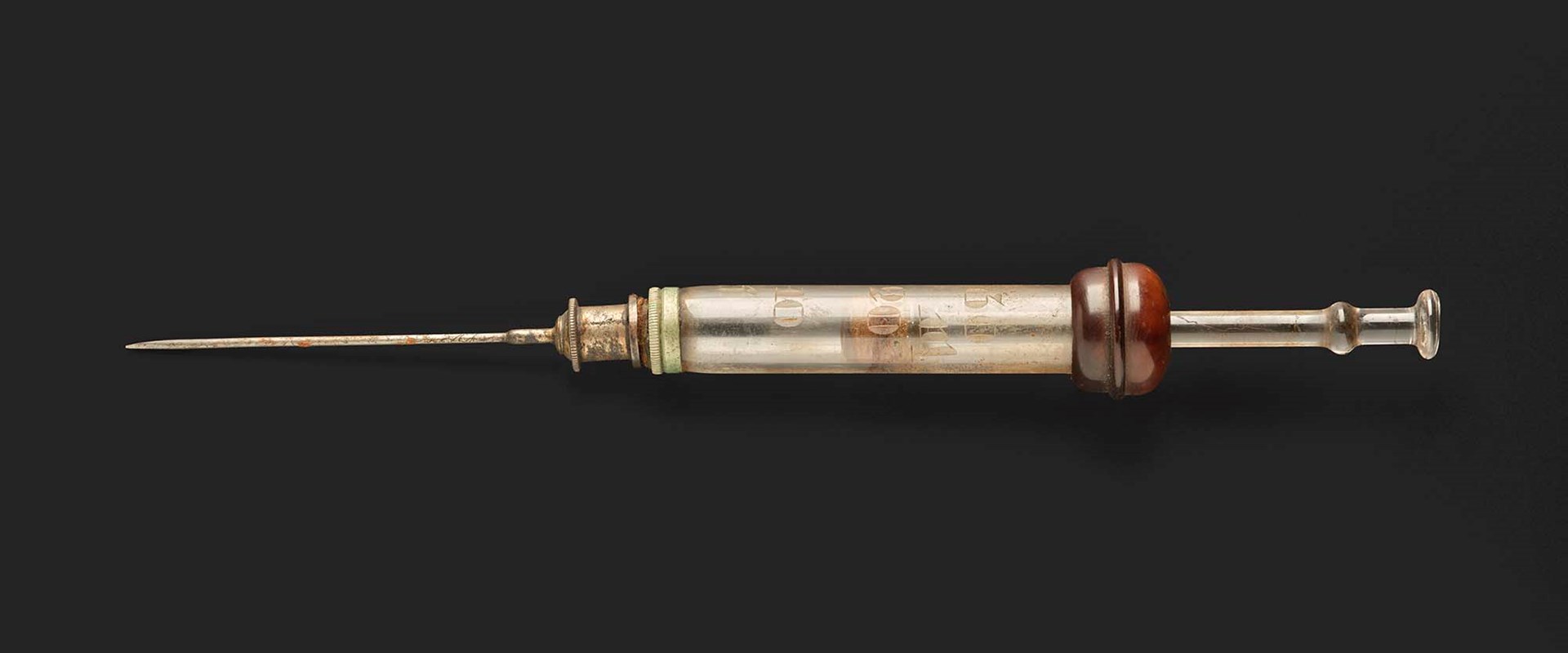
Above: Glass syringe c.1873
Below: Syringe for vaccination 2021
(National Museums Scotland)
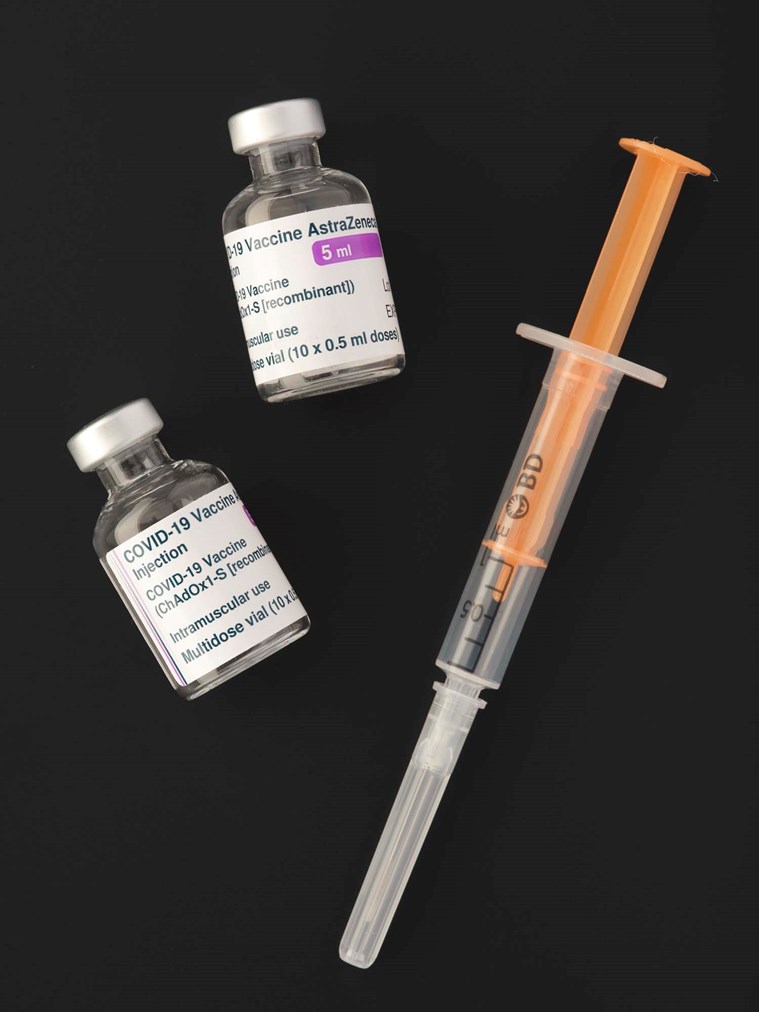
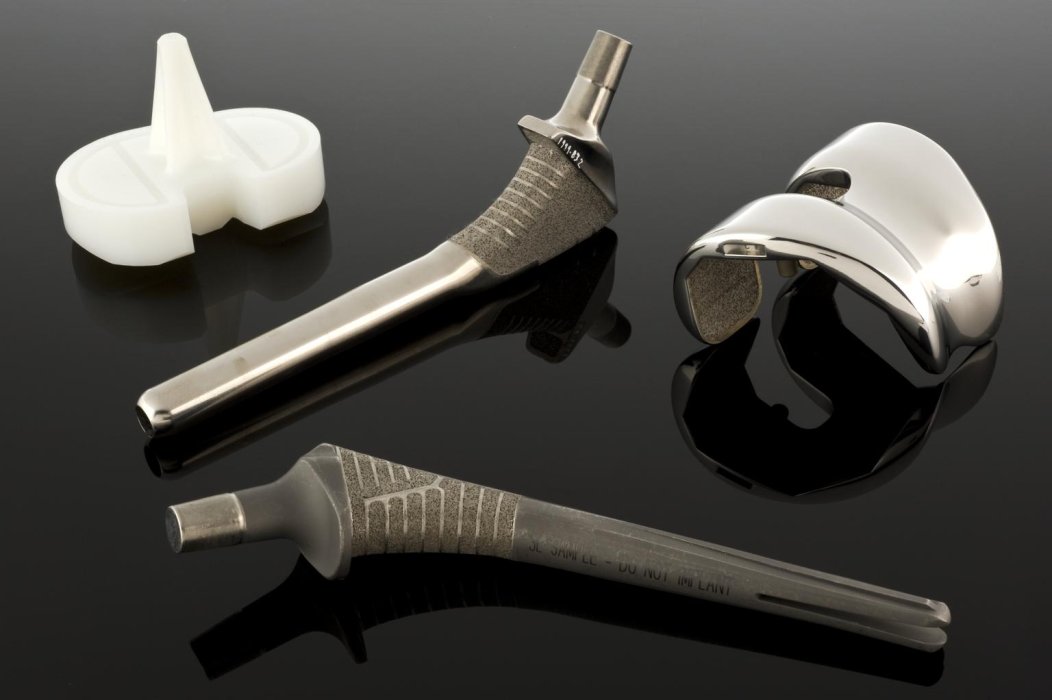
"Polyethylene knee joint replacement, 1998" (Science Museum Group Collection)
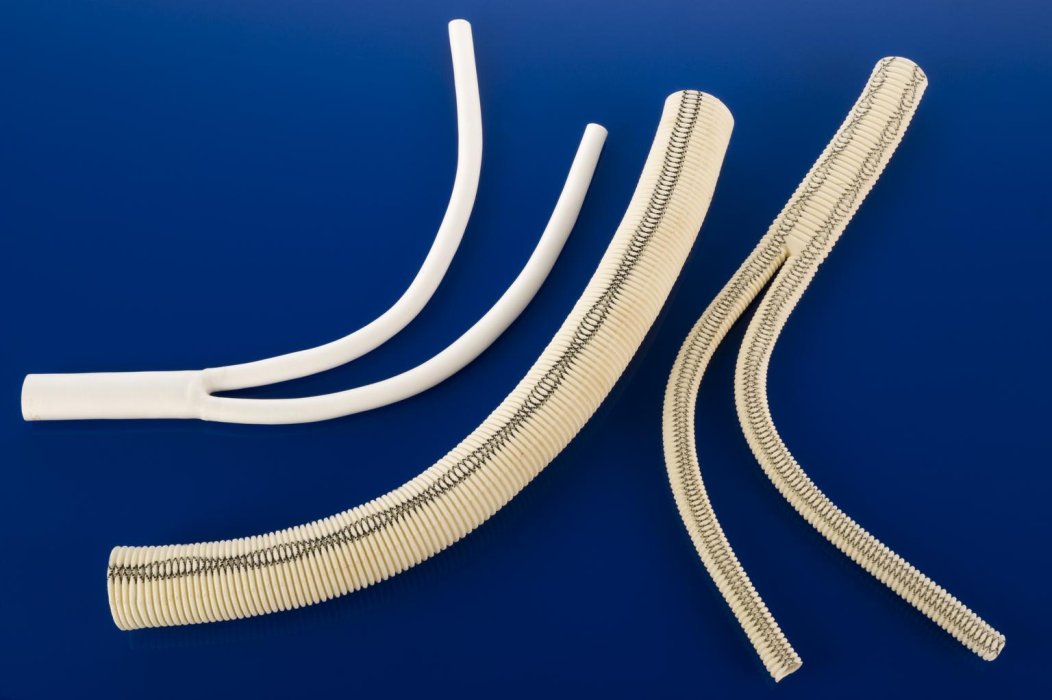
"Artificial arteries made of Teflon, 1994" (Science Museum Group Collection)
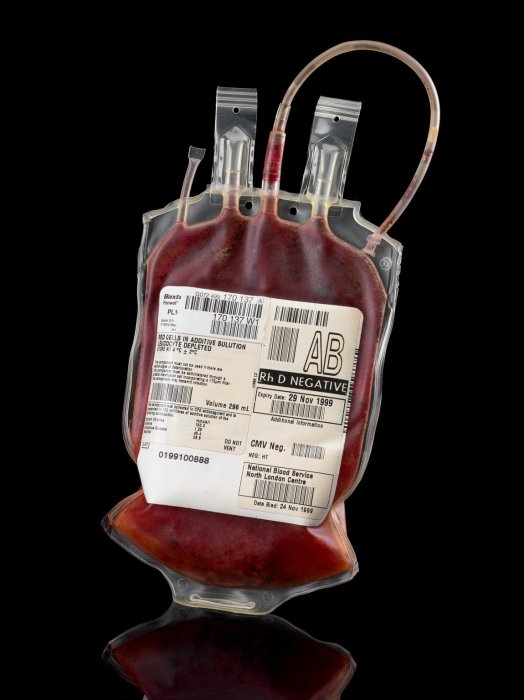
"Blood plasma bag, 1990s"
(Science Museum Group Collection)
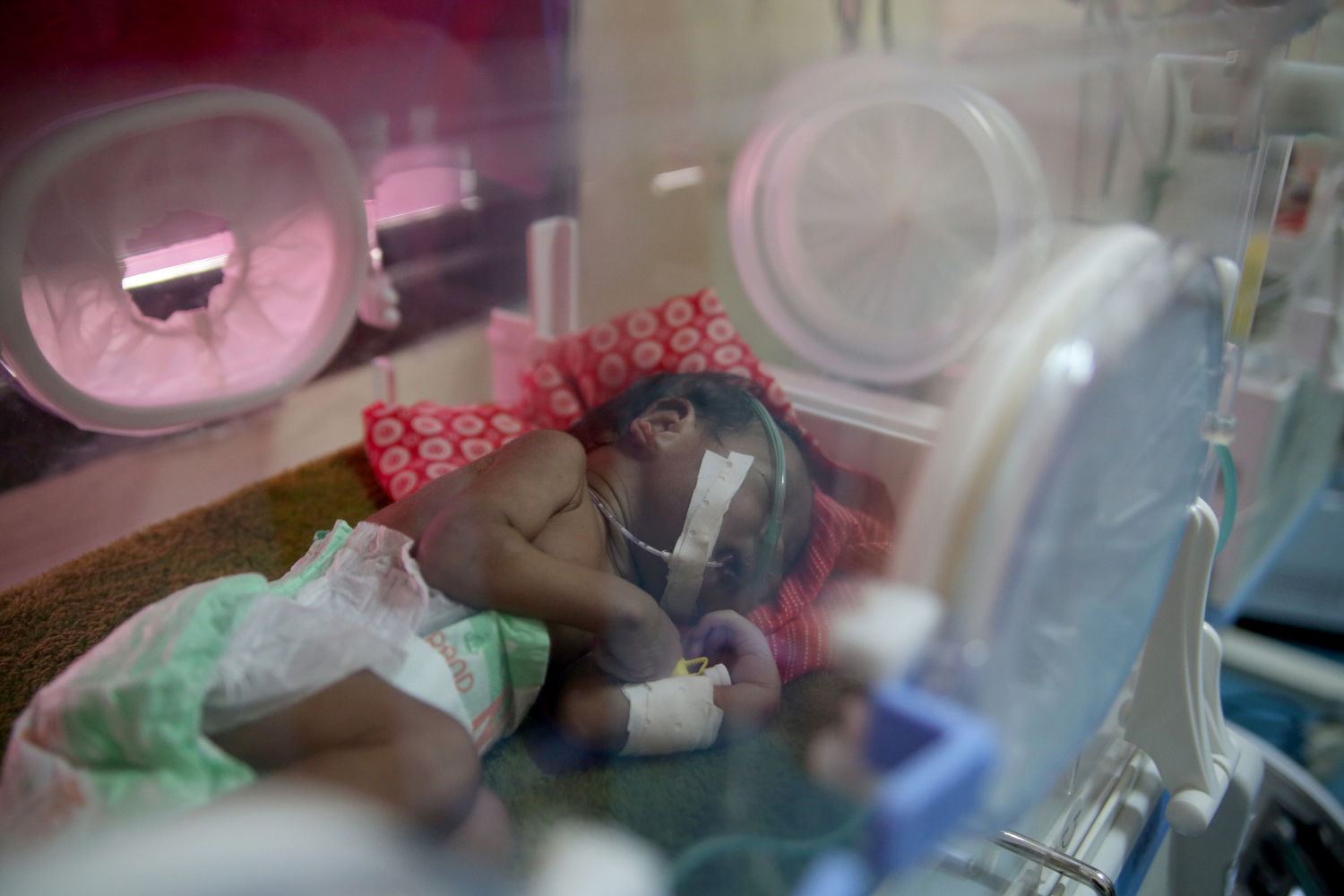
Baby in plastic incubator with plastic tubing (WHO)